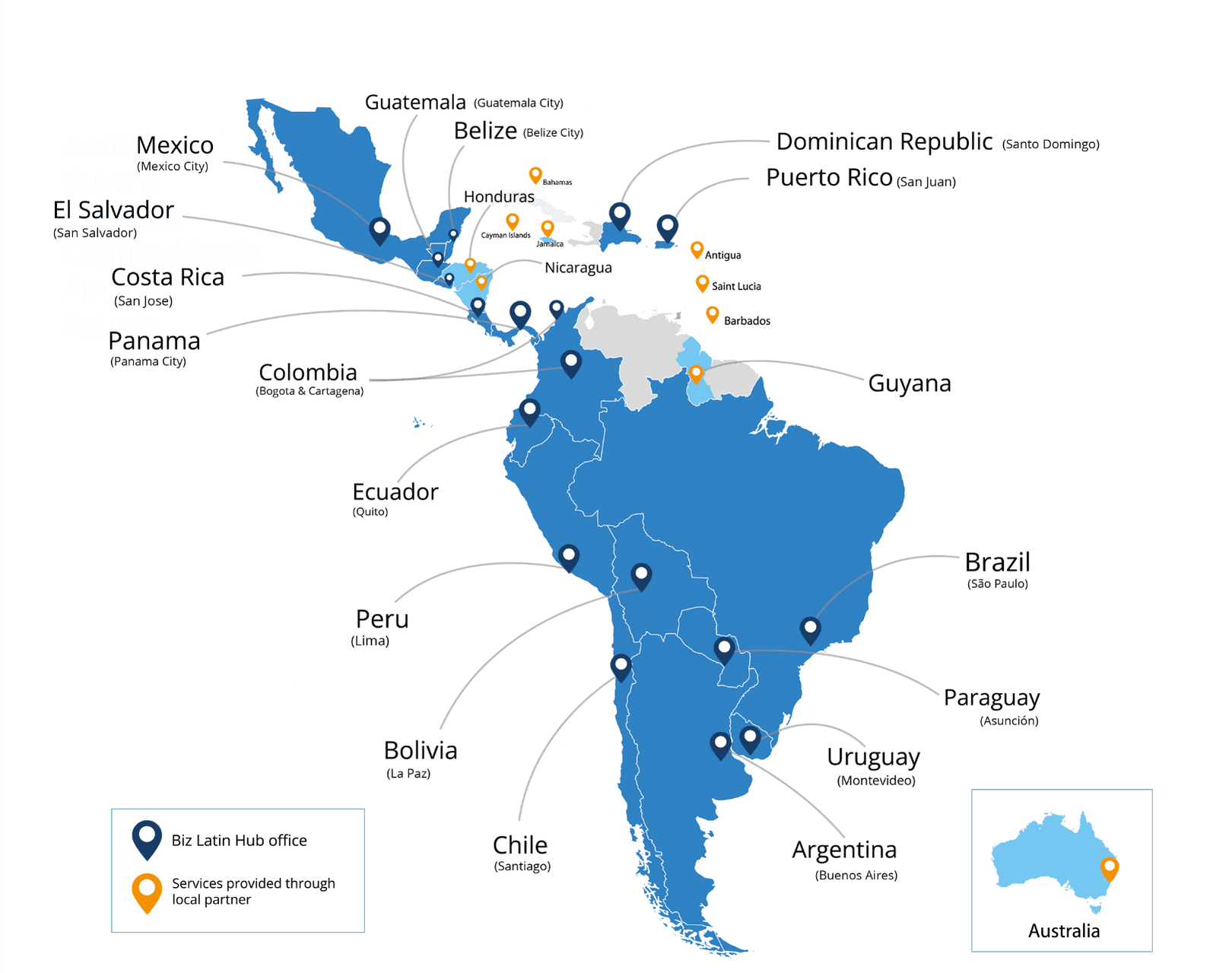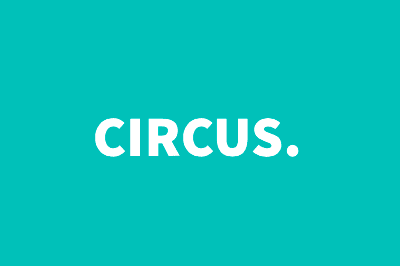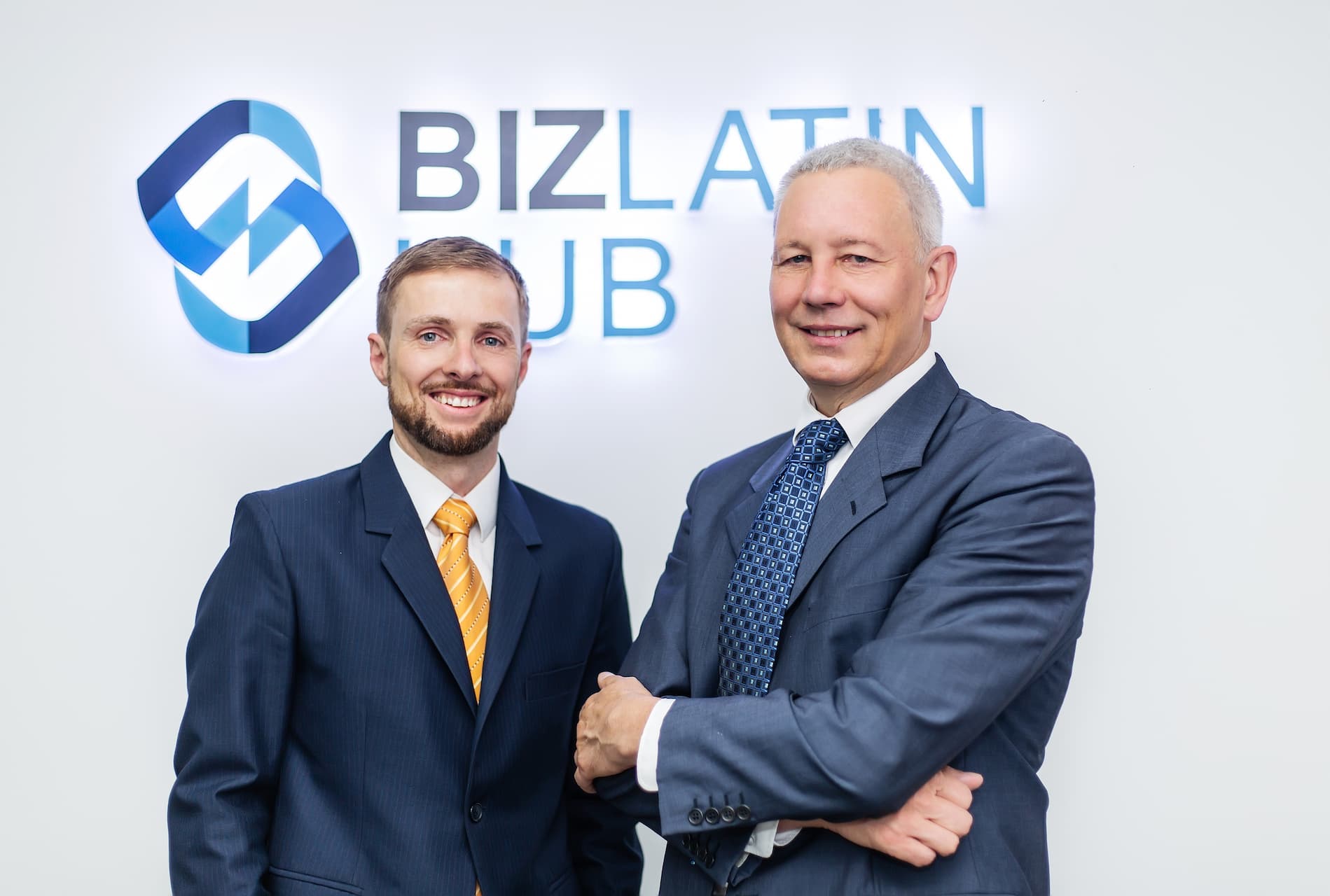Back-office solutions
to expand your business to new markets
We are an integrated Legal, Accounting, and Headhunting-PEO firm with wholly owned subsidiary offices throughout Latin America and the Caribbean, ready to support your business incorporation and expansion needs.
Our services

Our Regional Presence
Trust us and our local team of back-office experts to help you with your business expansion, PEO, legal, accounting, corporate secretarial, headhunting, recruitment and company formation needs within Latin America and the Caribbean.
Global leaders that trust our services


Words from our founders
Our value proposition is intrinsically linked to our ability to bridge the professional gap between foreign and local business cultures and then underpinned by our unparalleled reach across the globe, making us well positioned to help our clients successfully enter and operate within the local marketplace through the provision of back-office, legal, accounting and headhunting services that are reliable, tailored and responsive.
-Craig Dempsey & David Wright
We are global leaders and are recognized by
Your back-office, accounting and legal local partner
We are market leaders in helping companies to successfully do business through the provision of back-office, legal, accounting, headhunting and PEO services. Through our integrated services approach, we provide the complete back office solution, starting with entity formation services, International PEO, monthly taxation compliance and filing, legal services, legal entity compliance, corporate secretarial and recruitment services. We are here to help you achieve your international business expansion goals.